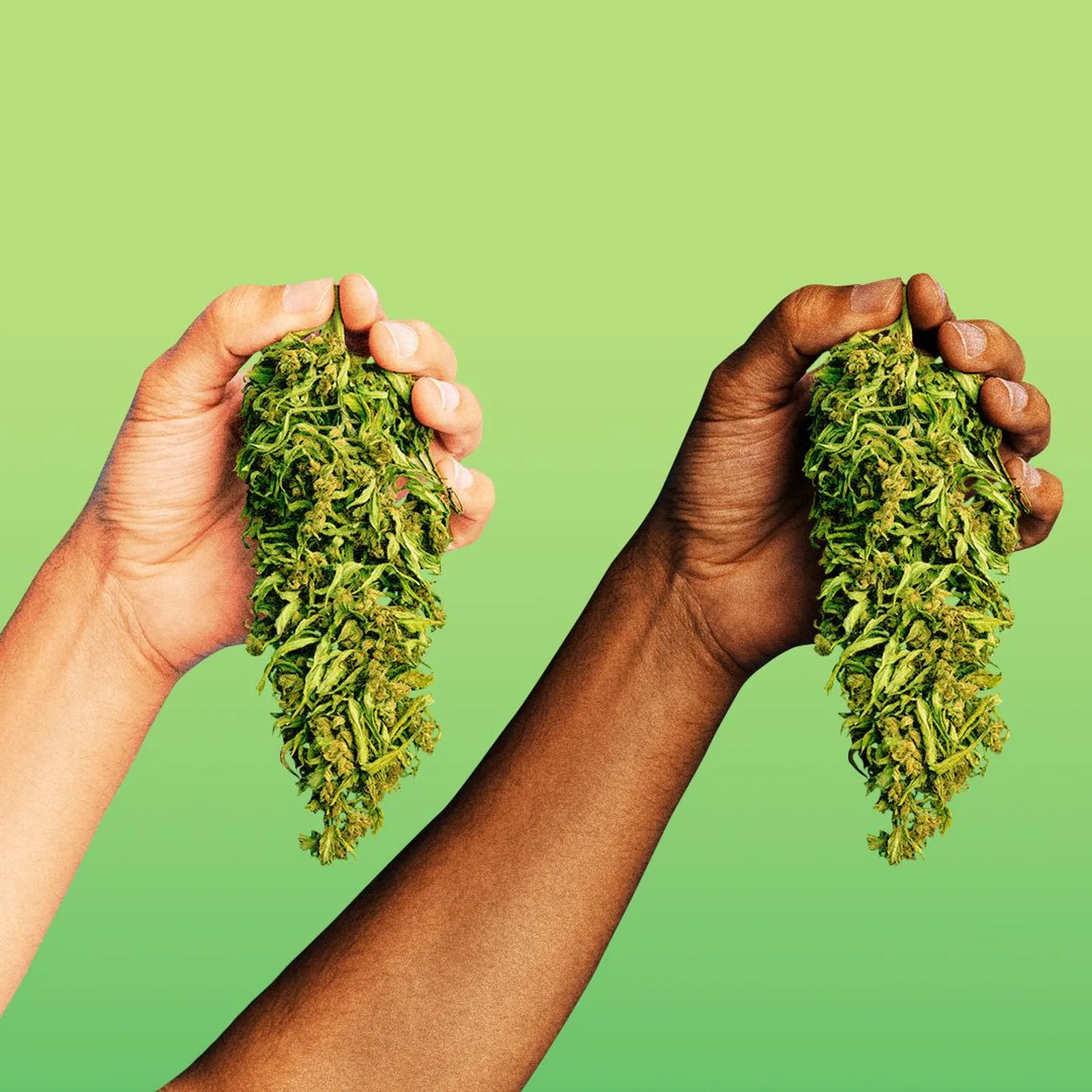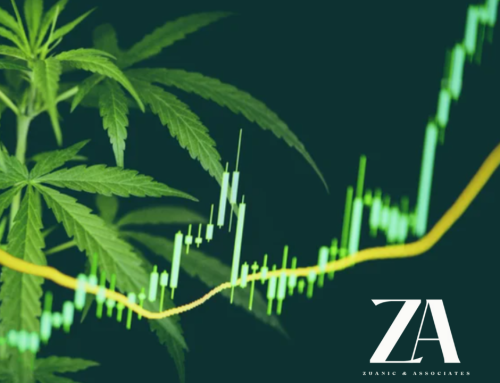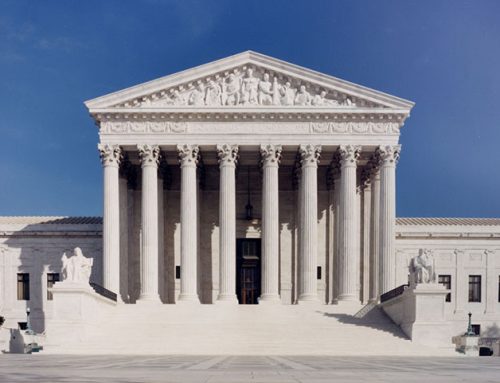Daily Cannabis Use Surpasses Daily Alcohol Consumption in the U.S.
LOS ANGELES- Recent analysis of national survey data reveals that more Americans now admit to daily cannabis use than to daily alcohol consumption. Published in the journal Addiction, the research found that in 2022, approximately 17.7 million people reported using cannabis daily or near-daily, compared to about 14.7 million daily or near-daily drinkers.
Survey Data and Methodology
The research, based on data from the National Survey on Drug Use and Health, analyzed responses from 1,641,041 participants across 27 surveys conducted from 1979 to 2022. This survey is administered annually by the Substance Abuse and Mental Health Services Administration to provide nationally representative data on Americans’ use of tobacco, alcohol, and other drugs.
Trends and Implications
While alcohol remains more widely used overall, the frequency of daily cannabis use has surpassed that of alcohol for the first time. Jonathan Caulkins, a researcher at Carnegie Mellon University, noted that 40% of current cannabis users consume it daily or near-daily, a pattern more commonly associated with tobacco use than alcohol.
This shift reflects changing perceptions of cannabis, which is increasingly viewed as a therapeutic substance rather than merely a recreational drug. Anthony Varrell, co-host of the “Trade to Black” podcast, highlighted the personal and broader social trends: “I use cannabis every day. I wouldn’t in my wildest dreams use alcohol every day. Even when I was younger, I might drink once a week.”
Economic and Legislative Impact
The rise in daily cannabis use has significant implications for the cannabis industry, which continues to grow as legalization expands. Currently, cannabis is fully legal in 24 states and legalized for medical use in 38 states. The federal government still classifies cannabis as a Schedule I substance, but President Biden has announced plans to reclassify it to Schedule III, reflecting its accepted medical use and lower abuse potential.
Economic opportunities abound as the industry grows. For instance, Florida voters will decide on a constitutional amendment for recreational cannabis in November, potentially opening a major new market. However, the increase in daily use also necessitates more research into the health effects of frequent consumption.
Health and Social Concerns
High-frequency cannabis use is associated with increased risks of addiction and other adverse effects. Dr. David A. Gorelick, a psychiatry professor at the University of Maryland School of Medicine, cautioned that “high-frequency users are more likely to become addicted to marijuana” and noted that such use increases the risk of cannabis-associated psychosis, a severe mental health condition.
Anthony Varrell emphasized a balanced approach to cannabis use, acknowledging its therapeutic benefits while calling for more comprehensive research: “I’m still a high-functioning human being and I use cannabis once a day, but I use it to chill out at night and go to sleep. A lot of other people also use it instead of prescription medication for certain things.”
Public Perception and Media Reporting
The role of media in shaping public perception of cannabis is crucial. Accurate and balanced reporting is essential to inform public opinion and guide policy decisions. Anthony Varrell criticized some media coverage for its fragmented approach, stressing the importance of clear, factual reporting on the implications of increased cannabis use.
As the U.S. moves toward broader acceptance and potential federal reclassification of cannabis, the evolving landscape necessitates careful consideration of both the benefits and risks associated with increased use. The findings underscore the need for continued research and informed public discourse on cannabis policy.



































